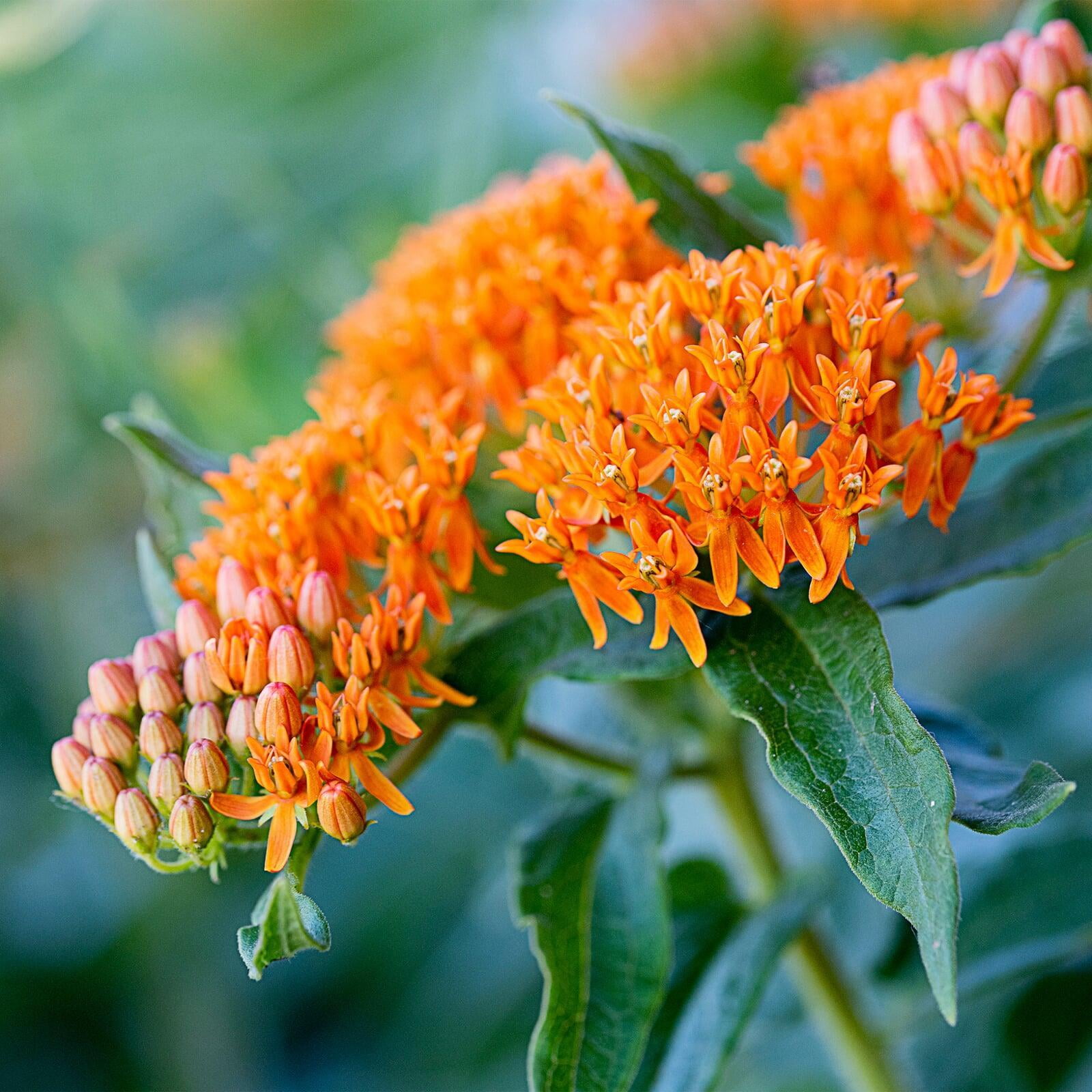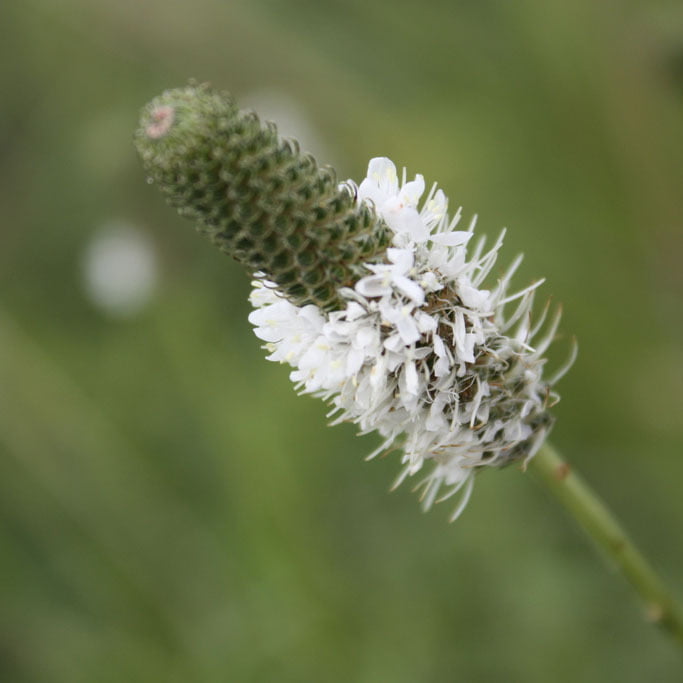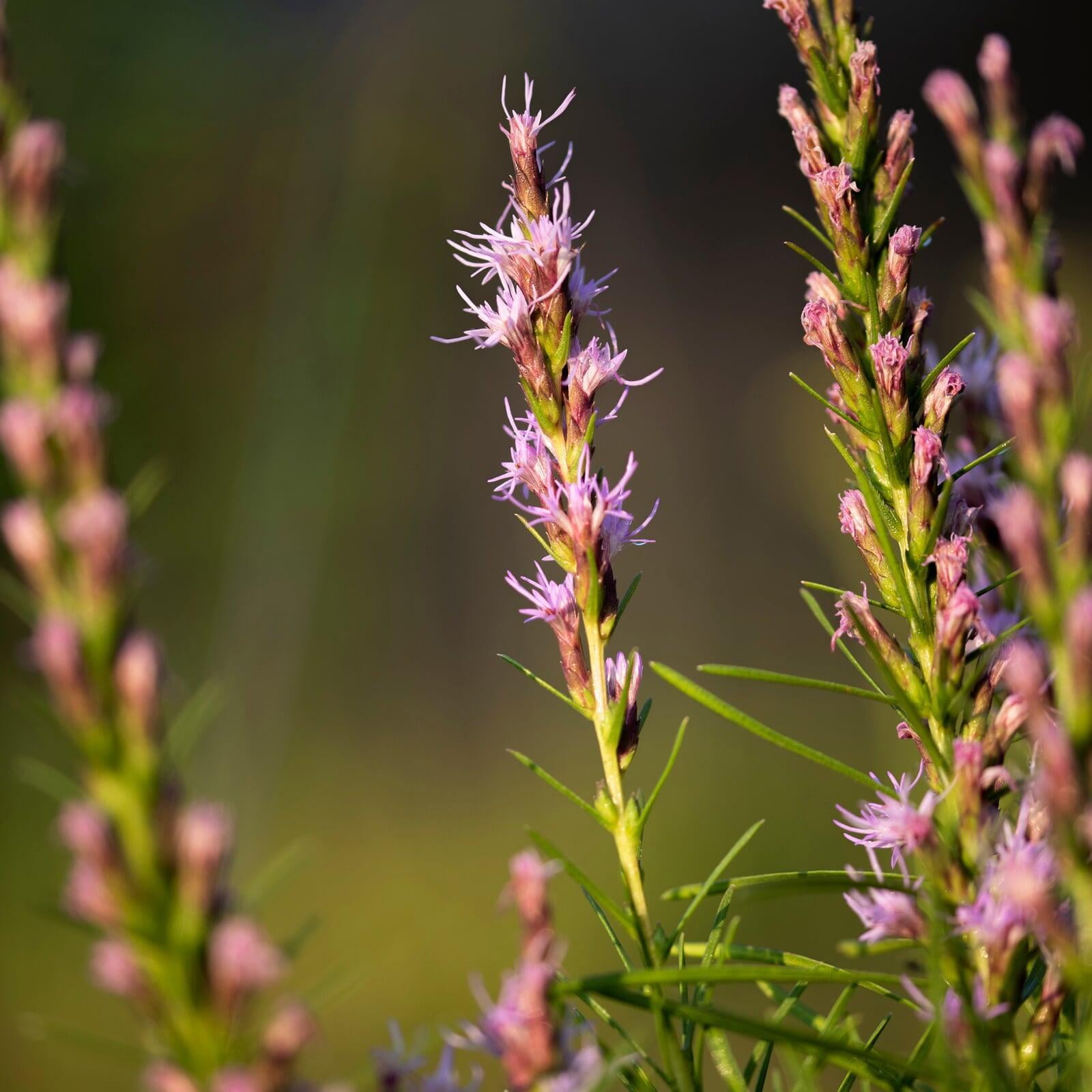Native Plants During Droughts
Native plants, due to their long evolutionary history within specific regions, possess a remarkable set of genetic adaptations that enable them to excel in their local environments. These adaptations primarily revolve around their ability to withstand and thrive under challenging conditions, such as droughts. The genetic makeup of native plants equips them with various physiological, morphological, and biochemical mechanisms that contribute to their resilience.
The Physiology Of Native Plants
Physiologically, native plants have developed efficient water management strategies that allow them to survive with limited water availability. They possess specialized root systems, such as deep taproots or extensive fibrous roots, which enable them to access water from deeper soil layers or capture moisture from a wider area. Moreover, native plants exhibit mechanisms such as reduced transpiration rates, increased water storage capacities, and the ability to close stomata during dry periods, minimizing water loss and maximizing water-use efficiency.
Native Plant Morphology
Morphologically, native plants have evolved specific adaptations to optimize water conservation and uptake. For instance, many native plants have small, thick leaves or needle-like foliage that reduces surface area and minimizes water loss through evaporation. Leaf hairs, waxy coatings, and sunken stomata are additional features that reduce water loss by providing a protective barrier against excessive evaporation. Some native plants also display mechanisms like succulence, which involves storing water within their tissues to sustain themselves during prolonged periods of drought.
Why Biochemistry Is Important
Biochemically, native plants have developed various mechanisms to cope with drought stress. They produce specific proteins, known as osmoprotectants or compatible solutes, which help maintain cellular structures and functions under water-deficient conditions. These molecules protect cells from damage caused by dehydration. Native plants may also exhibit enhanced antioxidant systems, enabling them to counteract the harmful effects of reactive oxygen species that accumulate during periods of water stress.
Additionally, the genetic diversity within native plant populations plays a crucial role in their ability to withstand drought. Genetic variation allows for the presence of individuals with traits that confer higher resilience to water scarcity, ensuring the survival and adaptation of the species. This diversity enables native plant populations to respond and adapt to changing climatic conditions over time.
In summary, native plants possess a wide array of physiological, morphological, and biochemical adaptations that enable them to endure and thrive in the face of drought. Their genetic makeup, shaped by long-term evolution in specific regions, equips them with the necessary tools to efficiently manage water, conserve resources, and protect themselves from the detrimental effects of water scarcity. Understanding and preserving native plant species is crucial for maintaining ecosystem stability, supporting biodiversity, and promoting sustainable landscapes in the face of increasing climate variability. Help us to spread the word about native plants. An easy step is to simply share this email with a friend or family member that could benefit from knowing more about native plants.



